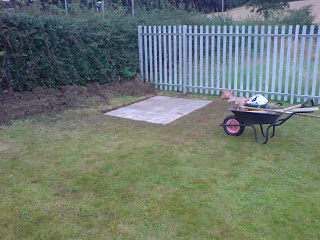"Hail, old October, bright and chill,
First freed man from the summer sun!
Spice high the bowl and drink your fill!
Thank Heaven, at last the summer's done!"
An American divine wrote that October is nature's funeral month and that the month of departure is more beautiful than the month of coming: that October is more beautiful than May. Gardeners may well argue about that, but they will agree that the sun of their gardening year is setting in October. It is a time for reflection, for a judicial summing up of our successes and failures.
Are our failures due to any lack in ourselves? Did we fail to tackle those pests in good time or did those poor, worthless crops result from a lack of fertility in our soil? The farmer, we are told, looks at winter with spring in his eyes. So does the good gardener. For both the practical couplet is this:
"In October dung your field, And your land its wealth shall yield."But the reader may say, "It's all very well for the farmer, but where can I get dung?" Well, the answer to that has been given many many times; it is simply this—if you can't get dung, make compost. And how few gardeners do, yet compost will help them to keep their land fertile.
THAT COMPOST
October is the picture month — the month for painted leaves, as Thoreau, the American nature writer called it. That's a nice poetic thought, but to the sensible gardener those painted leaves, when they drop, become compost. Leaves of oak, beech and birch are very valuable for the compost heap, but pine and spruce needles, together with lime and plane tree leaves, are best burnt and the ashes used instead as a fertiliser.
So Marc, let's get that manure!!!!!!







































